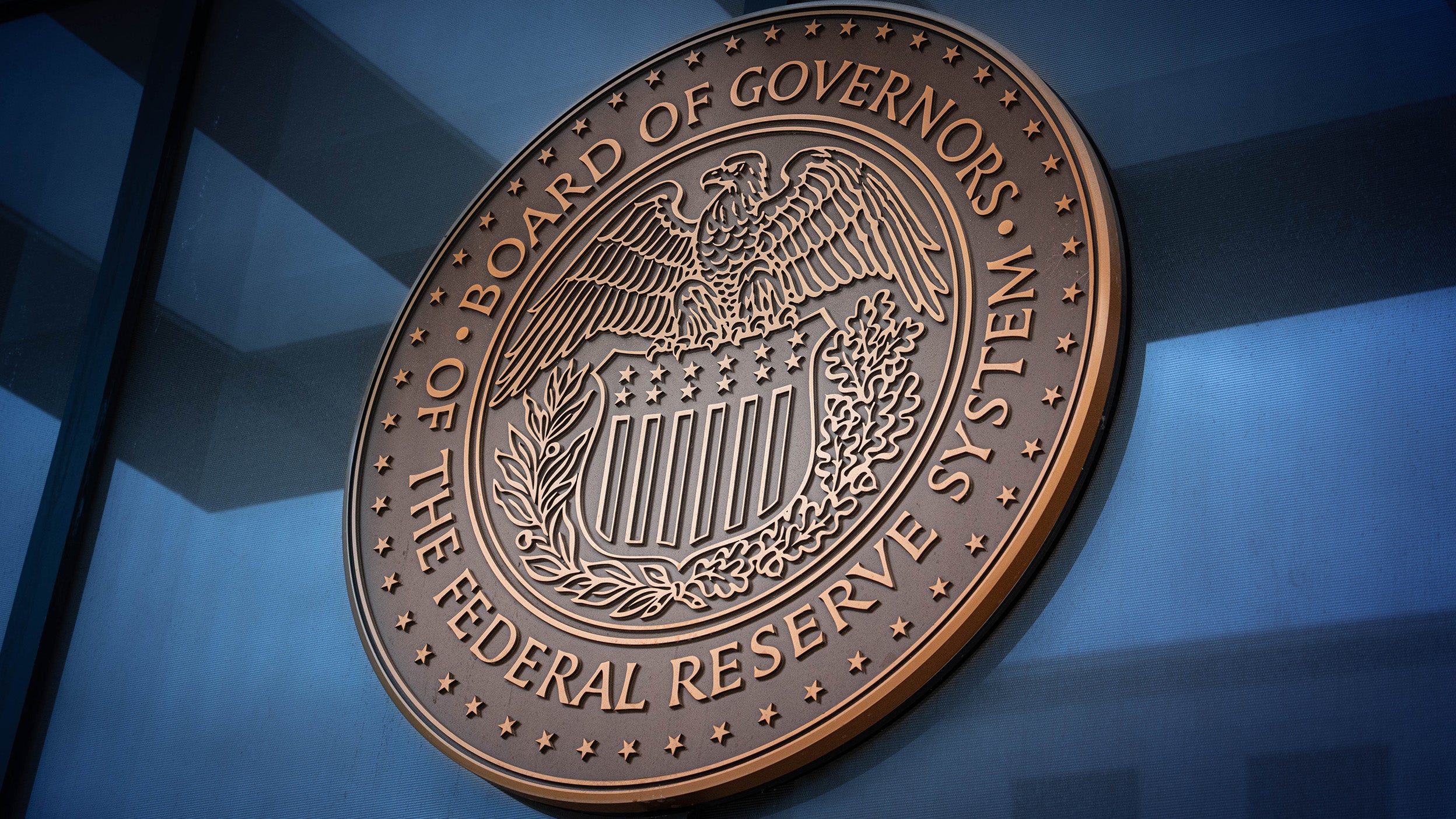
Asset allocation Tactical Asset Allocation
The backdrop is favorable for growth and limited inflation pressure. We’re moderately overweight in stocks, favoring value and small- and mid-caps.

After tens of lawsuits around “Liberation Day,” the nation awaits the Supreme Court’s final decision on President Trump’s right to country-by-country tariff.
The court’s word on redistricting, gerrymandering, and the timing of counting mail-in ballots could change elections for generations to come.
The Trump administration’s executive order to end birthright citizenship will see its day in court with a historic ruling to follow.
Every Supreme Court term features cases with potentially monumental societal, cultural, and economic ramifications, and yet the 2025-2026 docket feels generationally impactful. President Trump’s assertive flexing of executive power and willingness to challenge federal spending protocols, agency independence, and other separation of power norms have renewed public interest in the Supreme Court of the United Stated (SCOTUS), the justices, and their decisions. As Chief Justice John Roberts starts his 20th year in the court, the conservative 6-3 majority SCOTUS will make decisions with profound implications.
The Trump administration and congressional Republicans have been relentless in advancing their objectives. Some of President Trump’s accomplishments have been achieved via the courts in an attempt to set its own rules and undo prior administrations’ policies. Many of these decisions have occurred at the SCOTUS level via the “shadow docket.” The shadow docket (a relatively new term to characterize how the SCOTUS manages emergency or non-merit docket cases) allows the court to come to decisions without oral arguments or lengthy opinions. These shadow docket decisions — which have addressed issues such as the freezing of federal funds, firing of federal employees, dismantling departments, removing independent agency leaders, and deportations —
.have so far enabled much of President Trump’s policy priorities to be implemented. To date, the justices have issued more than 20 favorable orders in response to Trump administration emergency requests — an 84% victory rate.
As we dive into a new SCOTUS term, one key judicial philosophy to pay attention to is the “major questions” doctrine. The major questions doctrine (the idea that presidents cannot use ambiguous statutory language to make “decisions of vast economic or political significance”) is a key conservative pillar and has been utilized in recent SCOTUS decisions to undo perceived liberal executive and agency actions. The major questions test has been used by the court’s conservative majority to roll back President Obama’s Clean Air Act and Clean Power Plan, as well as President Biden’s eviction moratorium, student loan debt cancelation, and vaccine mandates to name a few. The SCOTUS is set to review 39 cases this term, and this principle will come under scrutiny as President Trump reimagines and exerts unmatched expansion of executive branch power.
In this piece, we will provide a snapshot of three case categories to pay special attention to:
One of the linchpins for President Trump’s economic and “America first” agenda is the use of tariffs to bring jobs and investment back to the United States, revive American manufacturing, and address the country’s massive trade deficits. The President has claimed his authority to levy blanket country-by-country tariffs is supported by the 1977 International Emergency Economic Powers Act (IEEPA). The President has also asserted his power to tariff is based on the executive branch’s ability to regulate imports if there is “any usual and extraordinary threat” that poses a national emergency.
Shortly after President Trump’s announcement of these tariffs, multiple lawsuits from effected companies and states were filed. The Court of Appeals for the Federal Circuit ruled against the President’s use of IEEPA 7-4 to levy tariffs, based in part on the major questions doctrine. In September, following President Trump’s appeals in the lower courts, the SCOTUS agreed to take up the dispute and fast-track it. The court’s decision in Learning Resources v. Trump will decide the fate of these tariffs.
Oral arguments for the case were heard on Nov. 5. During the oral arguments, the majority of the justices expressed a certain degree of skepticism over President Trump’s ability to impose tariffs under IEEPA. The justices focused heavily on the precedential impacts of the case, as a decision in the President’s favor could dramatically expand executive power in trade policy now and in the future.
How the court views an “emergency” will take centerstage in the decision-making process as IEEPA has no mention of the word “tariff” or similar terms in the underlying legislation. Some conservative thought leaders have reasoned that the major questions doctrine does not apply to President’s executive authority when national security and foreign policy are at play. During the hearing, Chief Justice Roberts raised this exact concern, noting, “No one has argued that” the phrases “regulate [and] importation,” gives the president the power to impose tariffs “until this particular case.” Justices Kavanaugh and Alito appeared the most sympathetic to the administration’s arguments, noting that the language surrounding emergency powers is quite broad. While a ruling could be made as early as January 2026, it remains unclear when the court will release their decision.
Louisiana v. Callais is a continuation of a case from the president’s previous term but with grander ramifications. The original case in question pertains to the creation of a second majority-minority based district in Louisiana, but the scope of the case has been expanded and could result in the eradication of Section 2 of the Voting Rights Act (VRA). Section 2 intends to prevent discrimination based on race, skin color, or preferred language, and since its passage over 60 years ago, states have interpreted the VRA Section 2 as a requirement to create minority-based districts to ensure minority representation.
If the VRA and Section 2 are ruled unconstitutional, it is speculated that many Southern states will follow Louisiana’s path and redraw congressional lines, minus these defined districts. This could result in 12 seats flipping from Democratic control to Republican control just in the Southern region of the country. When and how fast states could redraw their congressional maps could be a major determinative factor in who controls the House of Representatives for years to come.
The court is expected to release its decision in the summer of 2026. The change in the constitutionality of VRA Section 2 could prove to be a structural advantage for Republicans and become an impediment for any future Democratic majority in the House of Representatives. There will be some limits as to how far states might be willing to go — Republicans will want to maintain congressional lines that do not endanger incumbents, and there could be some recalcitrance at the state legislature to further gerrymander lines.
In addition, the court will hear an Illinois case (Bost v. Illinois v. State Board of Elections) brought by former Congressman Bost (R-IL) to question the timing of counting mail-in ballots post-Election Day. The case could open the door to restrict mail-in voting should the court rule that federal candidates have the legal standing to challenge regulations governing federal elections. President Trump’s hostility towards mail-in voting is well established based on fears of election fraud and is an important case to watch, despite general public support for this kind of voter-election participation.
Lastly, the SCOTUS will consider a challenge limiting candidate coordination with political parties in terms of campaign finance spending in the National Republican Senatorial Committee (NRSC) v. Federal Election Commission (FEC). A victory by the NRSC would likely thrust even more spending into federal elections.
A monumental case on the SCOTUS docket deals with immigration and birthright citizenship. On President Trump’s first day in office, he issued an executive order (EO) ending birthright citizenship and the move was quickly challenged by a flurry of activity in the courts. In March, the Trump administration requested lower courts actions be halted (Trump v. CASA) based on the chaotic and dizzying number of competing decisions and desire to prevent a universal injunction against the Jan. 20th EO. In September, the Trump administration asked for the SCOTUS to determine the actual constitutionality of the birthright EO. Long a conservative quest to bring clarity to the question of birthright citizenship (and equally opposed by progressives), the final decision by the court is one that will be historic.
With the number of high-profile cases under the docket, the potential for generational impacts of these decisions, and President Trump’s continued flexing of executive authority, this SCOTUS term will certainly be one to pay close attention to. Final outcomes remain to be seen, but it’s certain these decisions will have profound consequences, not only for President Trump’s final three years, but also for generations of voters and effected industries.

The backdrop is favorable for growth and limited inflation pressure. We’re moderately overweight in stocks, favoring value and small- and mid-caps.

Investors seeking potential income and risk-adjusted performance may want to consider private real estate credit.

A rate cut, which markets are pricing in despite Fed member differences, and an expected improving economy in 2026, could support stocks.
NA5001491
Image: Angelo DeSantis / Getty
Issued in the US by Invesco Advisers, Inc., 1331 Spring Street NW, Suite 2500, Atlanta, GA 30309
This link takes you to a site not affiliated with Invesco. The site is for informational purposes only. Invesco does not guarantee nor take any responsibility for any of the content.